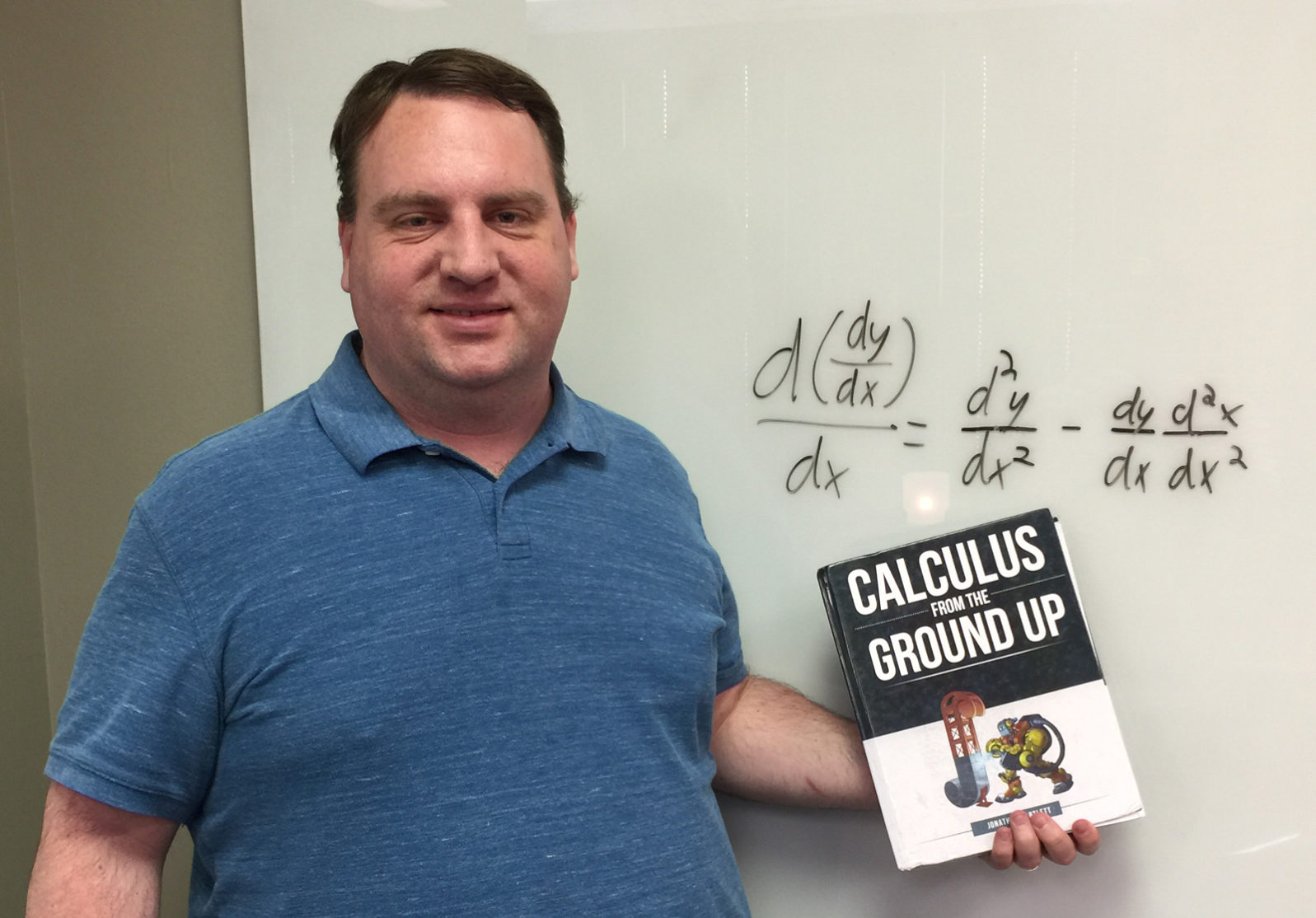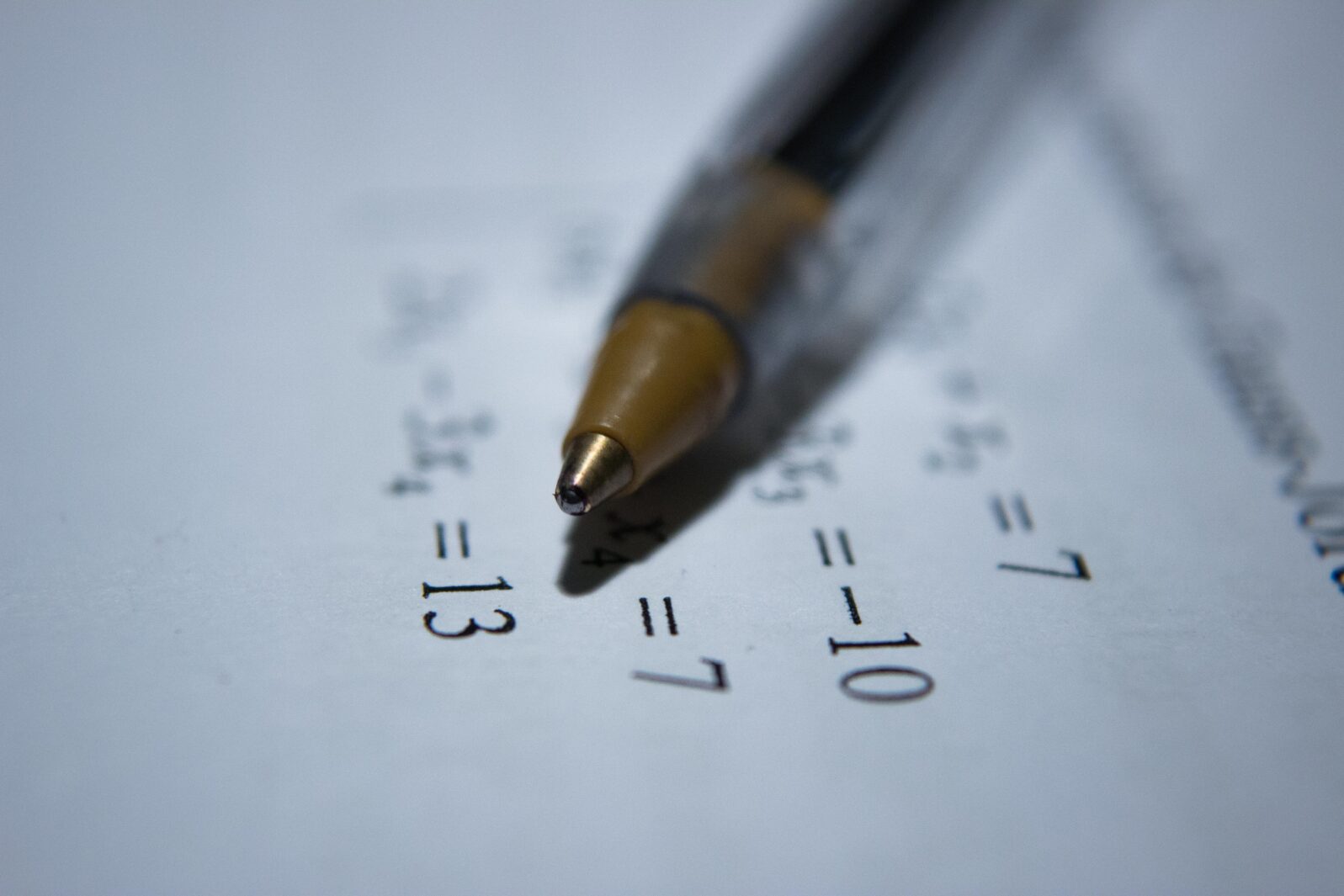Walter Bradley Center Fellow Discovers Longstanding Flaw in an Aspect of Elementary Calculus
The flaw doesn't lead directly to wrong answers but it does create confusionMathematics is often viewed as being a rock-solid, sure-footed discipline. After all, no one doubts that 2 + 2 = 4, or that the solution of “2x = 14” is “x = 7”. We are used to mathematics being unassailable and thus we rely on mathematicians to be precise and exacting enough in their work to prevent second-guessing.
However, this week, WBC fellow Jonathan Bartlett, along with co-author Asatur Zh. Khurshudyan, published a paper showing that elementary calculus contains a longstanding flaw that has been present for over a century. The paper was published in the peer-reviewed journal Dynamics of Continuous, Discrete & Impulsive Systems, Series A: Mathematical Analysis: Mathematical Analysis (DCDIS-A, for short). The journal has been published for a quarter of a century and many major universities across the United States subscribe to it.
The flaw they discovered is one of notation. Now, you may be thinking, how can notation be wrong? Well, notation can be wrong when it implies untrue things, especially when notation exists that implies the correct things.
For those interested in the technical details, the second derivative of y with respect to x has traditionally had the notation “d2 y/dx 2”. While this notation is expressed as a fraction, the problem is that it doesn’t actually work as a fraction. The problem is well-known but it has been generally assumed that there is no way to express the second derivative in fraction form. It has been thought that differentials (the fundamental “dy” and “dx” that calculus works with) were not actual values and therefore they aren’t actually in ratio with each other. Because of these underlying assumptions, the fact that you could not treat the second derivative as a fraction was not thought to be an anomaly. However, it turns out that, with minor modifications to the notation, the terms of the second derivative (and higher derivatives) can indeed be manipulated as an algebraic fraction. The revised notation for the second derivative is “(d 2 y/dx 2) – (dy/dx)(d 2 x/dx 2)”.
This isn’t to say that mathematicians have been getting the wrong answers to questions. One of the reasons this notational problem was not discovered earlier is that workarounds such as Faa di Bruno’s formula have been developed for the notational problems. However, correcting the notation enables mathematicians to work with fewer special-case formulas and also to develop a more intuitive understanding of the nature of differentials. It also means that engineers and other non-mathematicians who use the products of mathematics are less likely to make mistakes that the original notation tempts them to make (i.e., by allowing a fraction that cannot be used as a fraction).
Correcting the notation will also likely open doors in fundamental calculus research. Better notation will improve the ability of mathematicians to do advanced work within calculus. Some of those fruits are already apparent, as the authors have already been using the new notation in published work with fruitful results.

The lead author, Jonathan Bartlett, noted that the likely source of the bad notation was a philosophical issue. He remarks,
It is interesting to note that the philosophy of mathematics played a large role in the usage of problematic notation. Because no one wanted to give differentials that same ontological status as other numbers, everyone presumed that the notational problems were simply the result of this fact, and no one pursued it further. Additionally, the ability for mathematicians to side-step this issue using crutches such as Faa di Bruno’s formula meant that the problems didn’t directly impact their problems, though it likely did prevent them from exploring certain types of avenues. Hopefully these results will spark renewed interest in the nature of the differential and how it can be manipulated.
While this discovery does not relate directly to machine learning (at least not yet), philosophical ideas do have an impact on the progress of technical academic fields. Even in mathematics, which many outsiders think of as being non-philosophical, philosophy has a strong guiding influence and can guide either towards or away from truth. Science and technology don’t operate in a vacuum and their progress can be amplified or diminished by the cultural and philosophical zeitgeist.
Here’s the citation: Bartlett, J. L. and A. Z. Khurshudyan. 2019. Extending the Algebraic Manipulability of Differentials. Dynamics of Continuous, Discrete and Impulsive Systems, Series A: Mathematical Analysis. 26(3):217-230. (open access)
Jonathan Bartlett is the author of Calculus from the Ground Up
Also by Jonathan Bartlett:
Self-driving cars need virtual rails
and
Bitcoin: Is lack of trust the biggest security threat?
